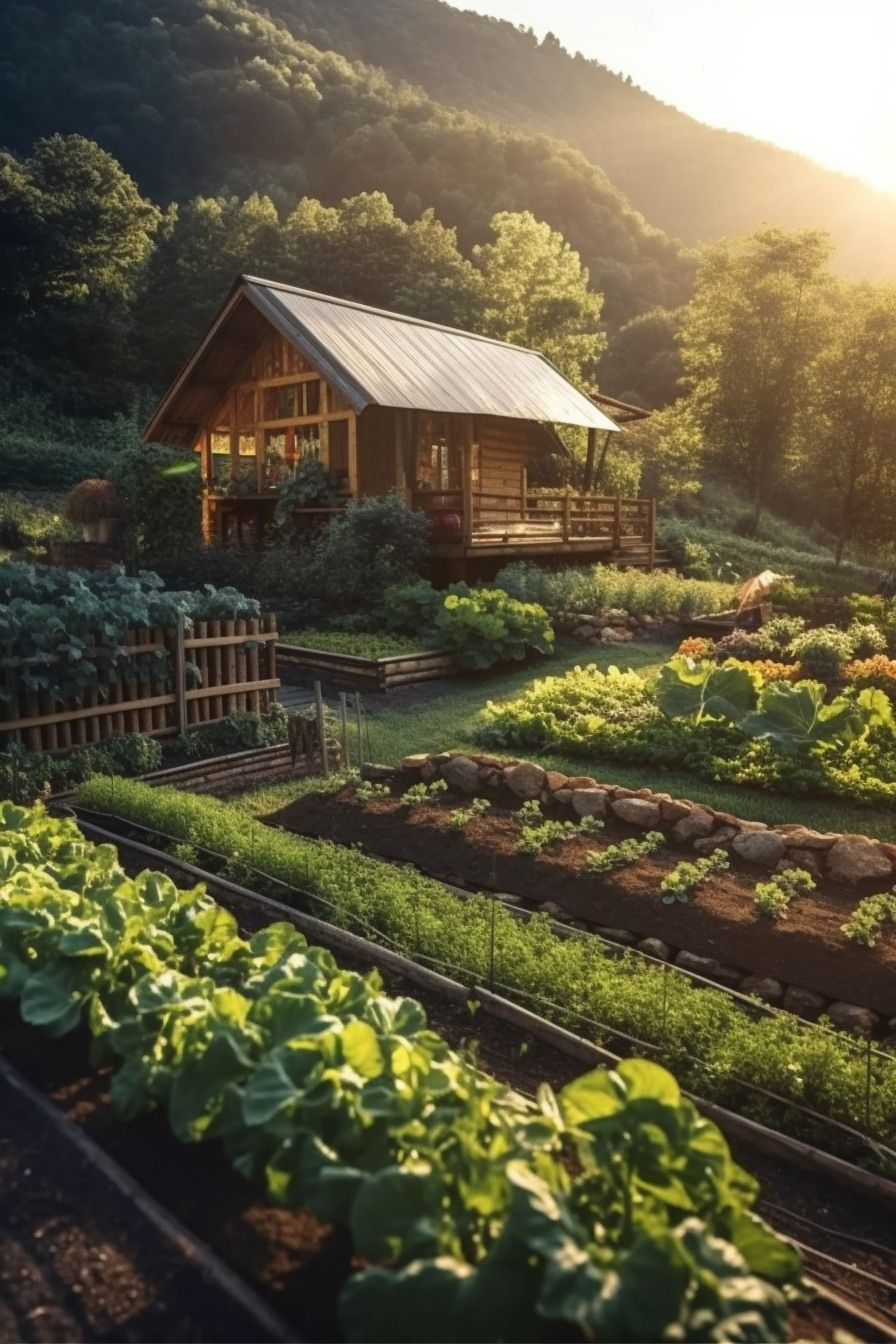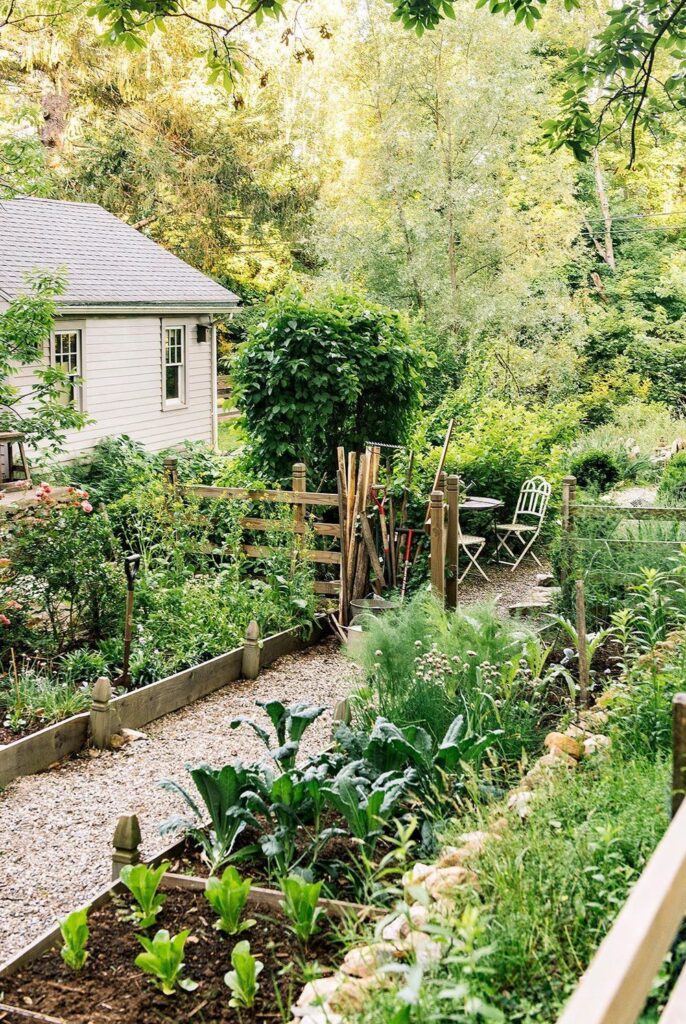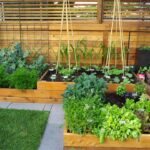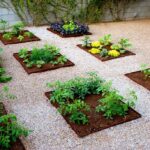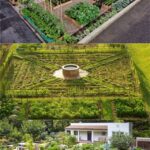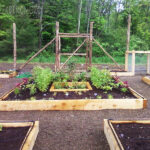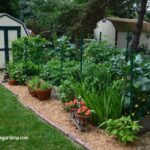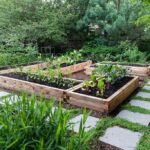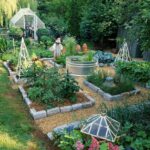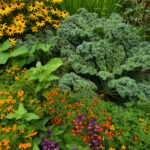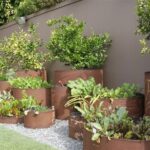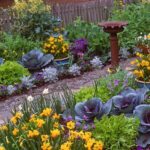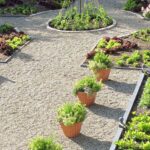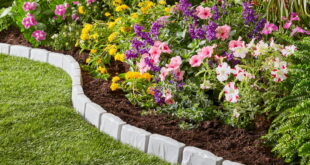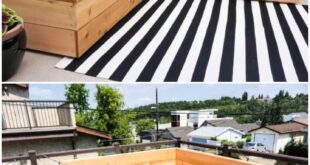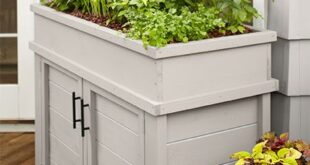Landscaping a vegetable garden can not only enhance the appearance of your outdoor space, but also make it more functional and productive. By incorporating landscaping elements into your vegetable garden, you can create a visually appealing and inviting environment that will inspire you to spend more time nurturing and enjoying your plants.
One way to create a beautiful landscape in your vegetable garden is to incorporate raised beds. Raised beds not only help to define the boundaries of your garden, but also provide better drainage and aeration for your plants. They can also make it easier to access your vegetables for harvesting and maintenance. You can build raised beds using a variety of materials, such as wood, stone, or even recycled materials like old tires or concrete blocks.
Another way to beautify your vegetable garden is to incorporate pathways and borders. Pathways can not only help you navigate through your garden more easily, but also add a sense of structure and design to your outdoor space. You can use materials like gravel, mulch, or even stepping stones to create pathways that connect different areas of your garden. Borders, such as hedges or fences, can help define the edges of your garden and provide a sense of enclosure and privacy.
Incorporating vertical elements into your vegetable garden can also help maximize your growing space and create a more visually interesting landscape. Trellises, arbors, and garden obelisks can provide support for climbing plants like tomatoes, cucumbers, and beans, while adding height and dimension to your garden. Vertical elements can also help create shade and privacy in your garden, and even serve as a decorative focal point.
Consider adding decorative features like garden art, water features, or seating areas to further enhance the beauty and functionality of your vegetable garden. Garden art, such as sculptures, statues, or wind chimes, can add a personal touch to your outdoor space and create visual interest. Water features, like fountains or ponds, can create a soothing atmosphere and attract beneficial wildlife to your garden. Seating areas, like benches or hammocks, can provide a place to relax and enjoy the beauty of your vegetable garden.
Lastly, don’t forget to incorporate a variety of plants, flowers, and herbs into your vegetable garden to add color, texture, and fragrance. Mixing in ornamental plants with your vegetable crops can create a more visually appealing landscape and attract pollinators and beneficial insects to your garden. Consider planting flowers like marigolds, sunflowers, or zinnias to attract bees and butterflies, or herbs like lavender, rosemary, or mint to add fragrance and flavor to your garden. By combining landscaping elements with a diverse selection of plants, you can create a vegetable garden that is as beautiful as it is productive.
